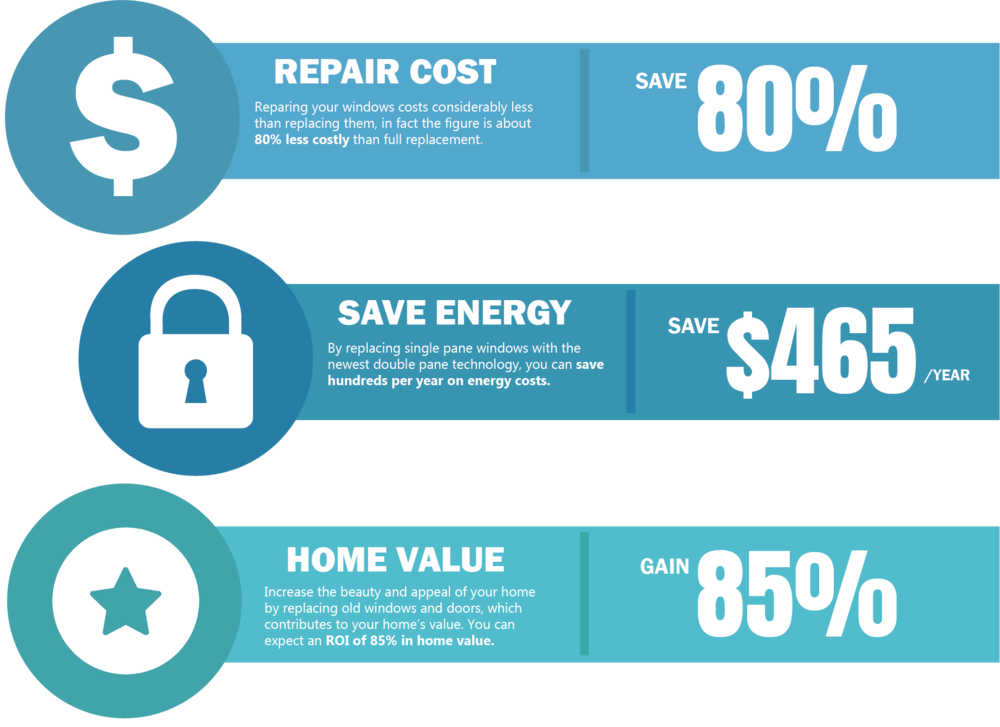Optimal Pressure Washing Approaches For Different Kinds Of Surface Areas
Optimal Pressure Washing Approaches For Different Kinds Of Surface Areas
Blog Article
Authored By-Bryant McGinnis
When it comes to push cleaning, the method you select can make all the distinction in attaining a clean, streak-free surface. You could find that difficult surfaces, like concrete, call for a various approach than softer products, such as wood or plastic. window cleaners nearby to adapt your methods to the surface area type to prevent damages while making the most of cleansing effectiveness. So, what are the best techniques for every surface, and just how can you guarantee you're utilizing the best settings and devices for the work? Let's explore what you require to know to obtain the best outcomes.
Difficult Surface areas
When it pertains to push cleaning hard surfaces, preparation is key. Prior to you even think about pulling out the pressure washing machine, make the effort to remove the area of any kind of debris, furniture, or obstacles. You do not desire anything entering your means or possibly harmful your equipment.
Next off, evaluate the surface for any kind of cracks or damages; this will certainly assist you determine the appropriate approach and stress settings.
When you've prepared the area, it's important to select the appropriate nozzle. For difficult surface areas like concrete or brick, a slim nozzle (15 or 25 degrees) functions best to offer a concentrated stream of water that can properly eliminate crud and stains. Constantly begin at a distance and slowly relocate better to avoid any surface damages.
As you start cleaning, maintain the wand relocating to prevent touches and over-saturation. It's also handy to work from the top down, allowing dust and particles to get rid of normally.
Lastly, remember to rinse the surface extensively after cleansing to eliminate any remaining cleaning agent. With why not look here , you'll accomplish a clean and renewed appearance on all your difficult surfaces.
Soft Surfaces
Pressure cleaning soft surface areas needs a gentler strategy to secure them from damages. Whether you're cleansing your deck, patio area furniture, or exterior siding, making use of too much pressure can bring about damages, scratches, or even permanent harm.
Begin by picking a low-pressure nozzle, preferably a 25-degree or wider spray pattern, to disperse the water much more delicately.
Before you begin, it's important to pre-treat any kind of spots with a suitable cleansing solution. This step allows the cleaner to permeate the dust and gunk, making it easier to wash away without rubbing also hard.
Constantly use the remedy from all-time low up to protect against streaking.
When you start pressure cleaning, maintain a range of at least 12 to 18 inches from the surface. Move your stick in a sweeping motion, maintaining it alongside the surface area to prevent concentrated stress on one spot.
Rinse the location extensively after cleaning up to get rid of any type of recurring cleaner.
Last but not least, evaluate the surface for any type of missed out on areas and duplicate the procedure if needed. By following these steps, you can properly tidy soft surfaces while preserving their stability and appearance.
Specialized Surfaces
Cleansing soft surfaces calls for treatment, yet specialty surface areas require even more attention to detail. When you take on these surface areas, like fragile wood, discolored concrete, or specific sorts of house siding, utilizing the appropriate pressure washing techniques is crucial to avoid damage.
First, assess the product. For instance, treated wood can often stand up to modest stress, however softer woods like cedar may call for a lower setup. Constantly begin with the lowest pressure and slowly enhance if necessary.
For discolored concrete, utilize a fan spray nozzle and preserve a regular range to avoid etching the surface area.
When taking care of surfaces like vinyl home siding or painted surface areas, a large spray pattern assists disperse the stress evenly, securing the finish.
It's also important to utilize cleaning agents especially created for specialized surfaces. They can boost cleaning without jeopardizing the material.
Wash completely after cleaning to remove any kind of deposit, as it can cause staining or deterioration in time.
Conclusion
Finally, grasping stress cleaning techniques for different surface areas can make all the difference in your cleansing outcomes. For difficult surfaces, adhere to slim nozzles and a top-to-bottom technique, while soft surfaces need a gentler touch with broader nozzles. Don't forget to pre-treat spots and wash completely to stay clear of residue. By adapting your methods per material, you'll not just achieve a cleaner coating yet additionally protect the stability of your surfaces. Delighted cleansing!
